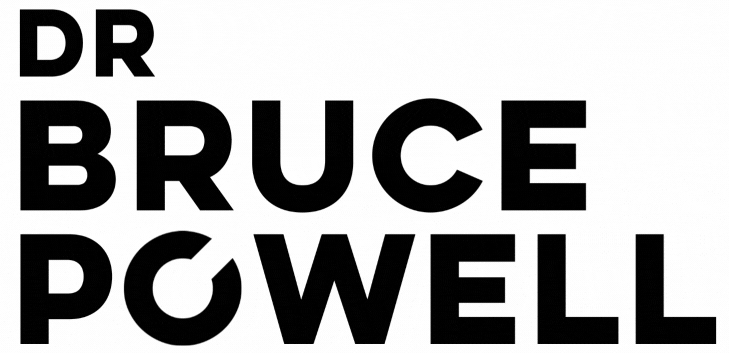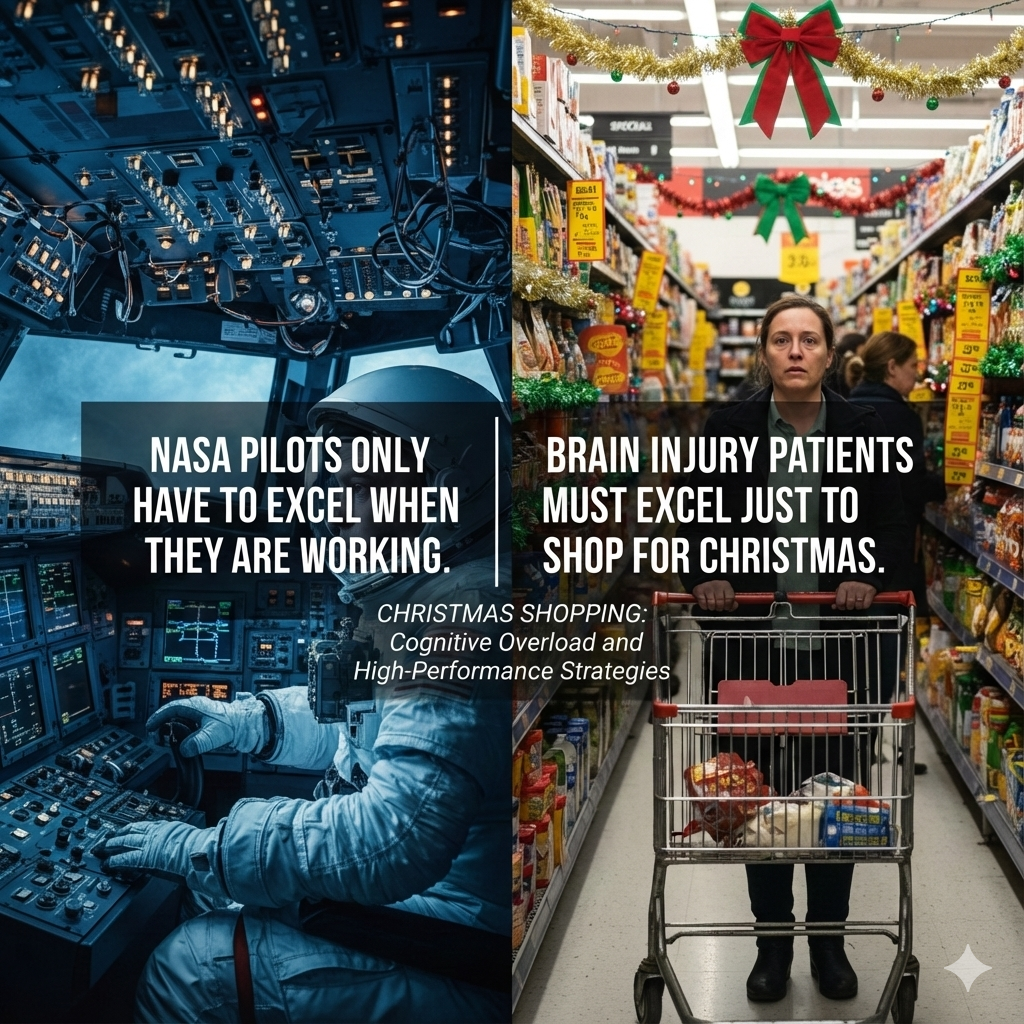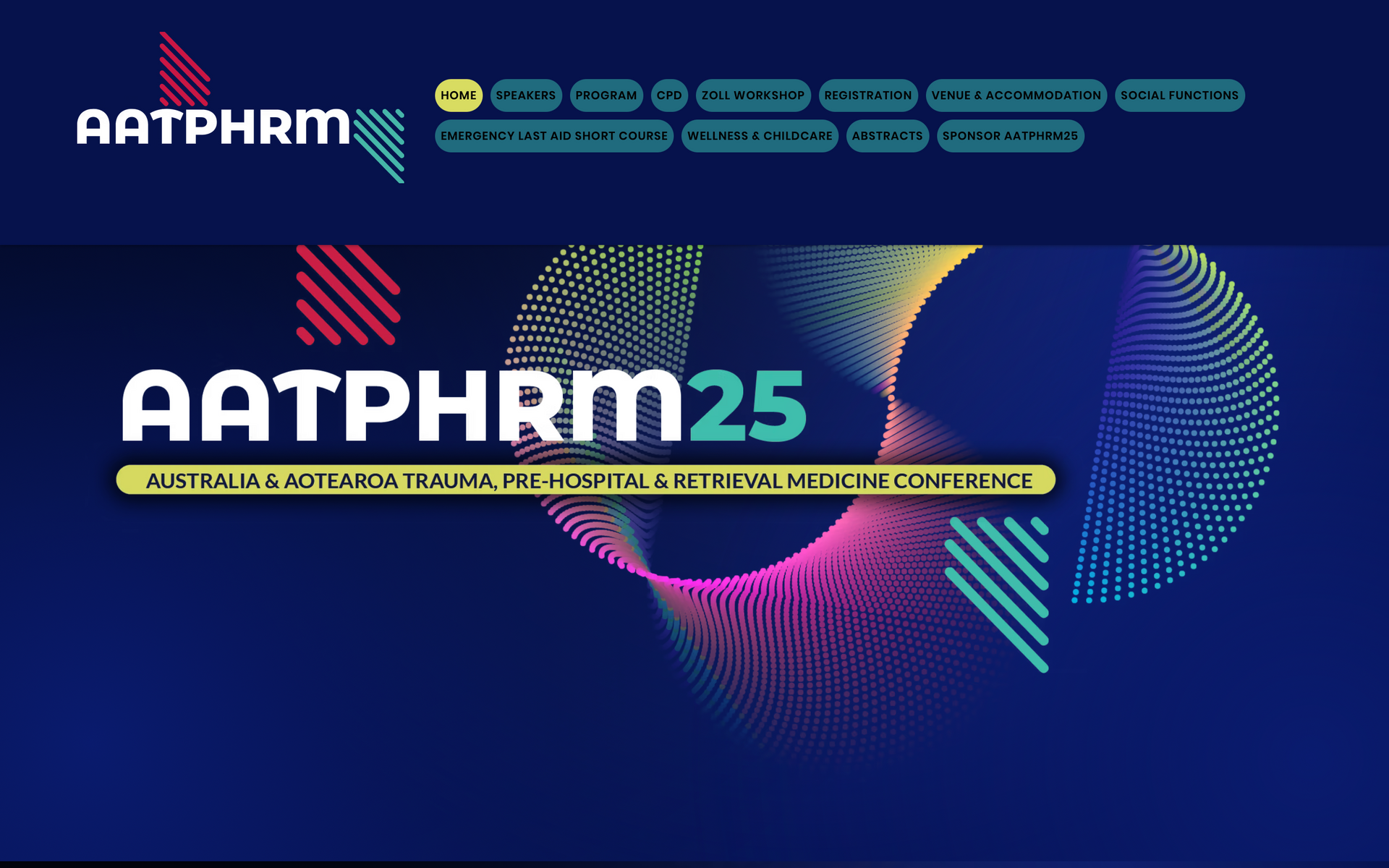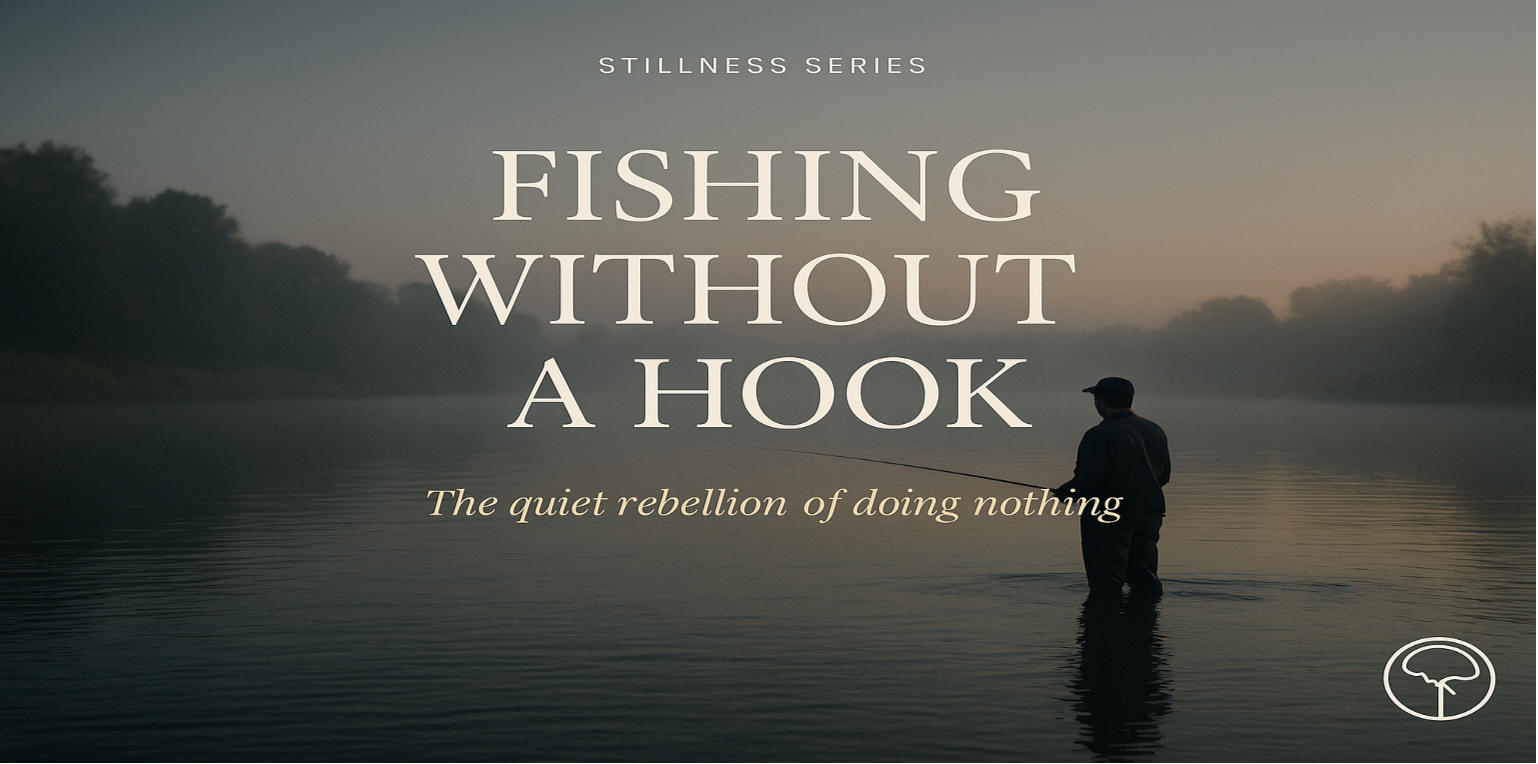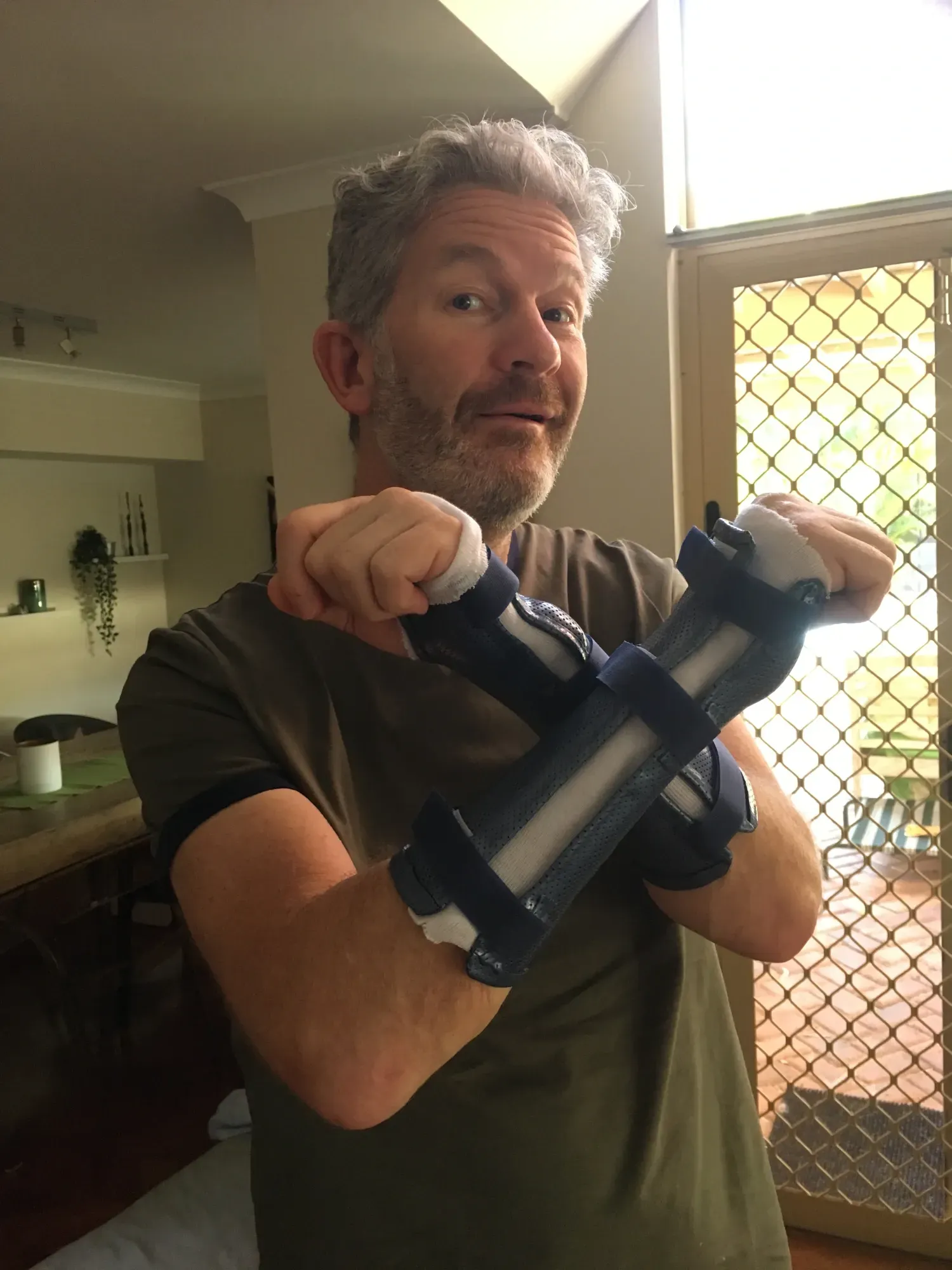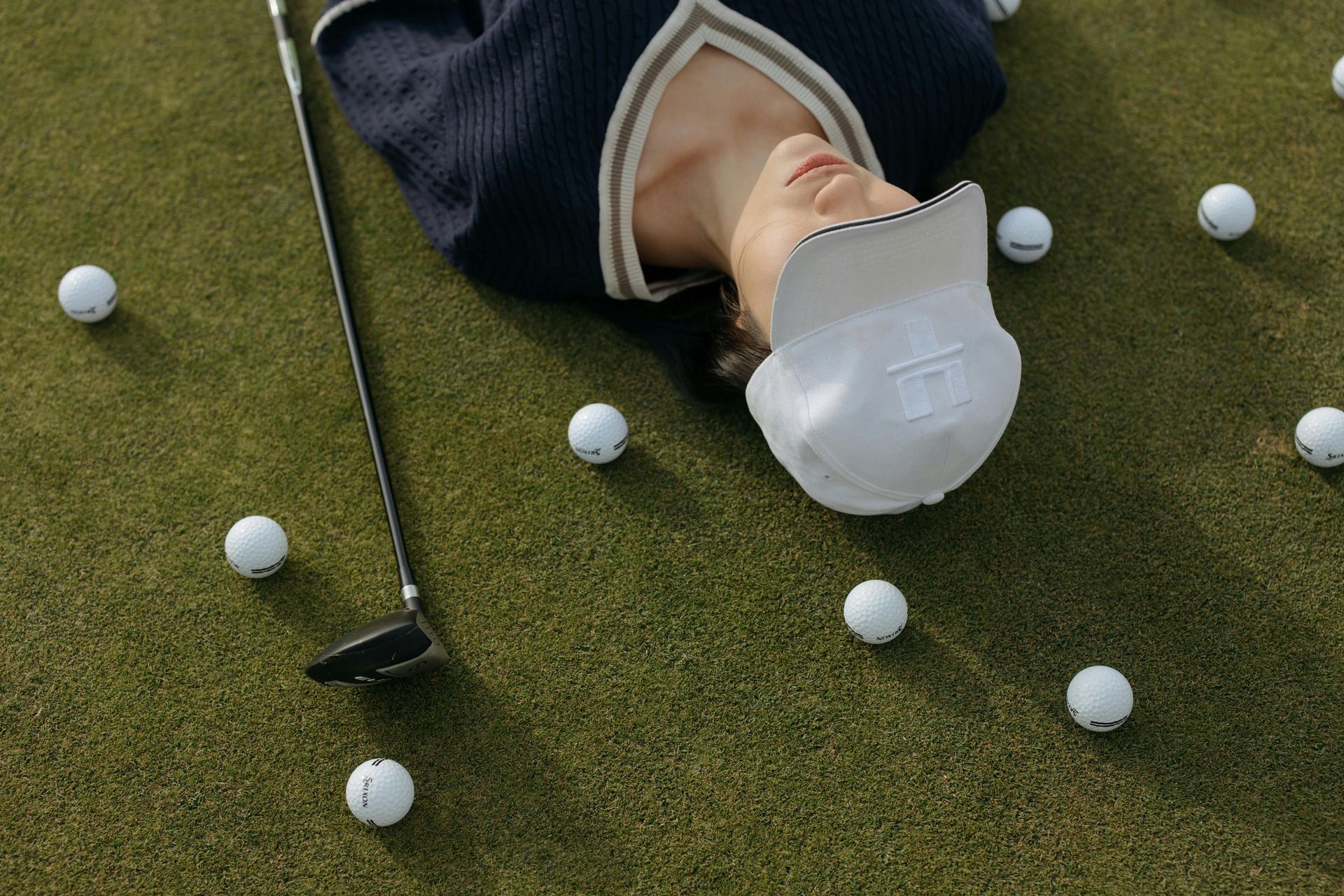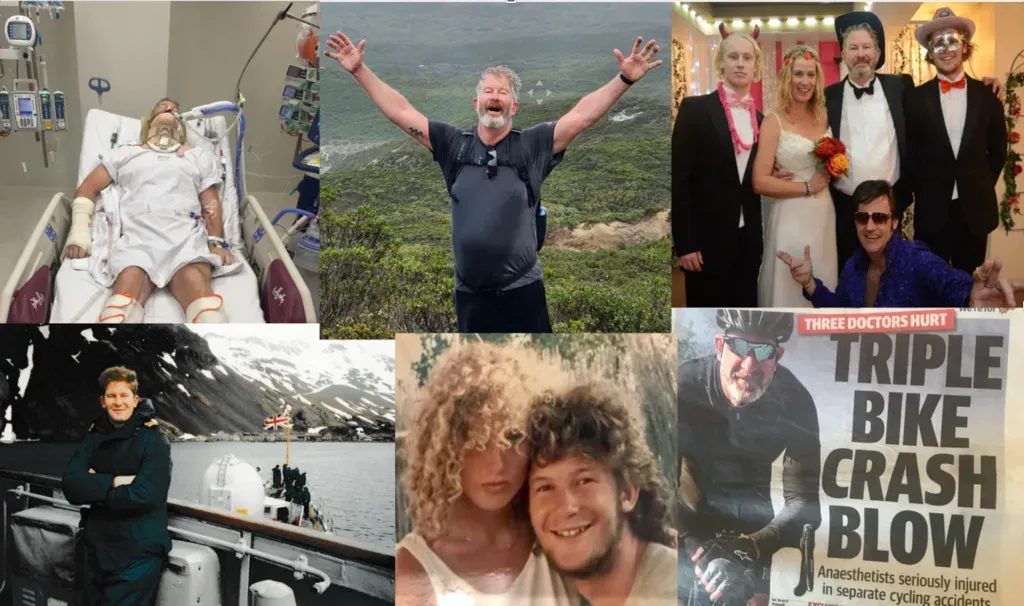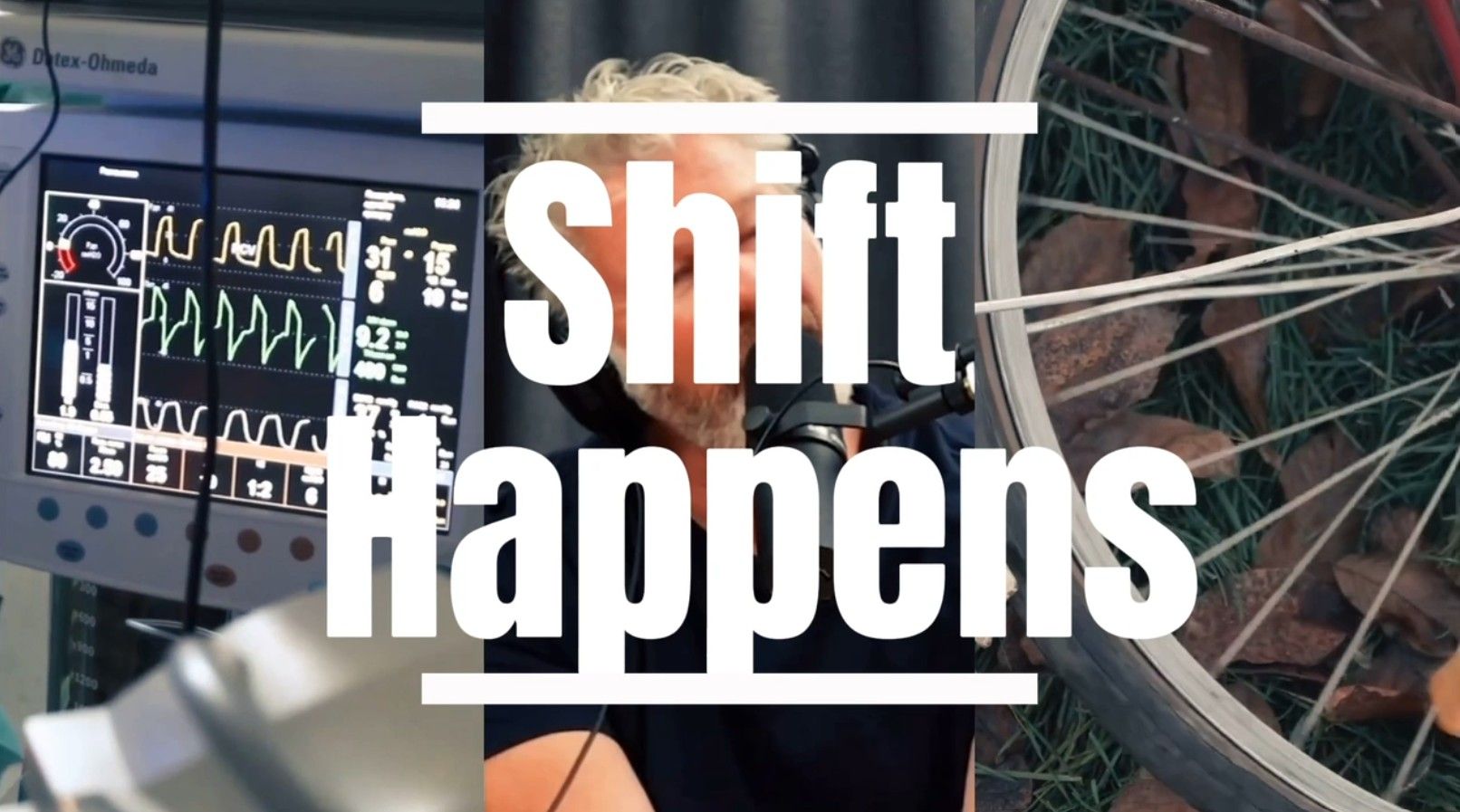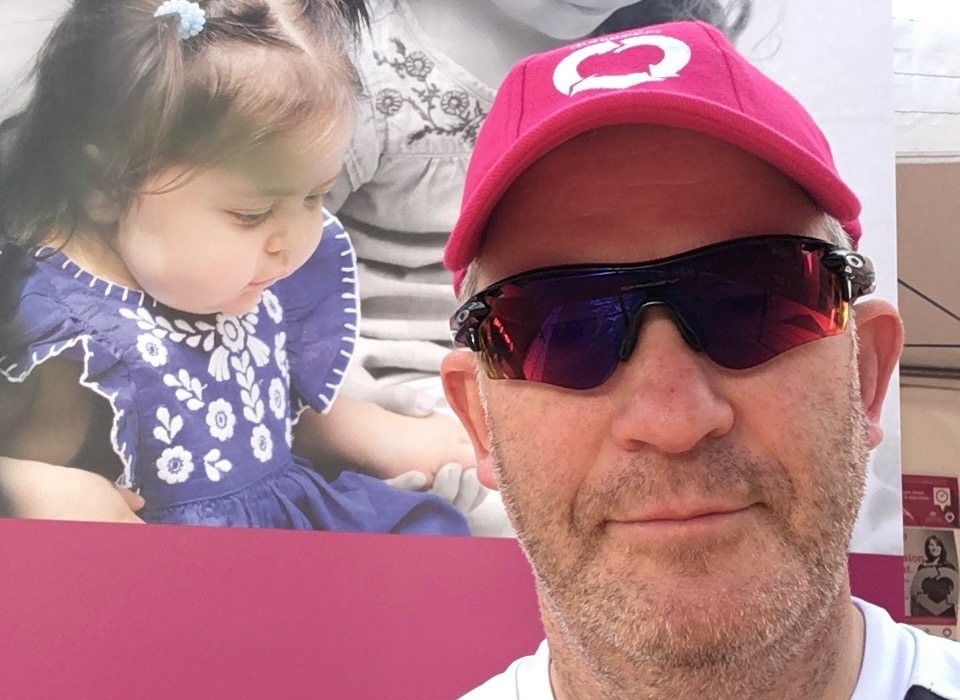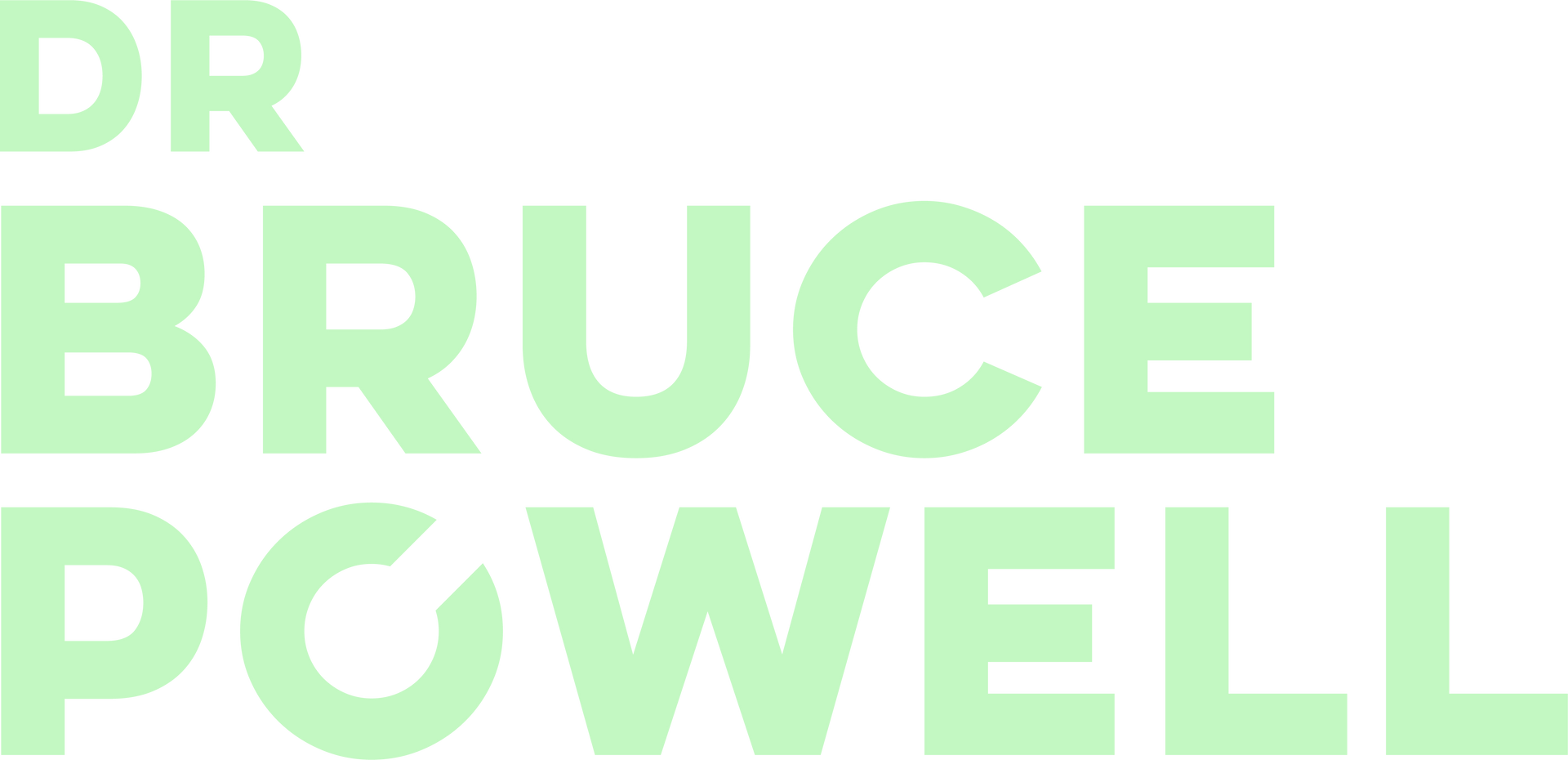Organ Donation; A Wicked problem?
Summary
– Since the creation of the Organ and Tissue Authority (OTA) in 2009, whilst organ and tissue donor numbers in Australia have increased, they have come nowhere near the outcomes that the world’s leaders such as Spain achieve.
– Despite more than $300 million of government investment, OTA’s aspirational target of 25 donors per million population (dpmp), remains seemingly unattainable and nowhere near the 48+ per million that Spain achieves.
– Achieving world-class performance in the donation sector represents a “wicked problem”. Such a problem is nigh impossible to solve because of contradictory and ever-shifting requirements and competing interests.
– The current mix of authoritative and competitive strategies in donation are limited in their potential to improve donation outcomes in Australia.
– The nature of wicked problems necessitates broad collaboration and big picture thinking to succeed.
– A Collaborative or Collective Impact Strategy has the potential for sustainable world-class outcomes in Australia.
– The large scale, broad-reaching social change required to effect real change across the donation sector demands that all parties desist from their focus upon isolated activities.
– The likely gut reaction to talk of collaboration and cooperation is that no one has the time or the resources to do “more”.
– Collective Impact, were it to be taken seriously as a potential vehicle to improve outcomes for donation, could not succeed without the funding to provide a specific backbone organisation.
Introduction
Let’s be honest, the Australian community, along with the Organ and Tissue Authority (OTA) has not delivered the ‘world-class’ results that we all hoped; not yet anyway. In its 2019 annual national report, the Organ and Tissue Authority (OTA) announced that there had been 1% fewer donors and 6% fewer recipients than the previous year. Even the relatively modest “aspirational” national target of 25 donors per million population (dpmp), compared to Spain’s 48+ dpmp, appears to be unattainable. Sure, Australia’s dpmp has more than doubled since 2009, but considering the investment from the Commonwealth, the States and Territories, the results are not as many had hoped. The perceived failure of the Howard Government’s 2006 National Clinical Taskforce on Organ and Tissue Donation initiative for a ‘world-class’ service, threatens to undermine public confidence.
In order to find some answers to this recalcitrant riddle, firstly let us consider what the nature of the “problem” is. In 1967 C West Churchman, an American philosopher and systems scientist wrote an editorial in which he created the phrase “wicked problems” and defined them as a “class of social problem that are ill-formulated, where the information is confusing and where there are many clients and decision-makers with conflicting values”. In 2007, the Australian Public Services Commissioner, Lynelle Briggs published a report entitled “Tackling Wicked Problems”. She noted the highly resistant nature of wicked problems and the need for novel and innovative solutions. The report reflected upon the nature of wicked problems that challenge the very fabric of government’s function, skills base and organisational capacity. Briggs concluded that the management of wicked problems was “an evolving art”, necessitating broad collaboration and big picture thinking.
Question: Is organ and tissue donation a wicked problem?
One need only read a selection of social media to get a sense of the first defining characteristic of a wicked problem; that they are difficult to clearly define. Is Australia’s relatively poor performance in organ and tissue donation a cultural thing, a medical thing, a community thing, a financial thing, or an educational thing? Browse through a few NGO websites, Health Department press releases and David Koch outbursts and you will be none the wiser. The complexity lies in the fact that there are elements of truth in many versions of the donation problem. Each of the passionately held opinions is a valid and different view of the same challenge.
Wicked problems have many interdependencies and are often multi-causal. Donation is remarkable for its propensity to generate passion and commitment, yet it is that very passion that encourages an adversarial, isolationist approach. The language used in the donation sector often focuses on being an “Australian Leader” or “the best State” or the “key contributor”. If we accept the proposition that donation is a wicked problem, then Churchman’s stated view was that, “whoever attempts to tame a part of a wicked problem, but not the whole, is morally wrong”. A modern take upon that would be that it is wilfully misleading for any group to claim to have the “key”, since the very nature of the problem tells us that there isn’t one.
It is the multi-causal, interdependent nature of donation that means that efforts to address the wicked problem lead to unforseen consequences. Adopting international strategies, such as those employed in the “Spanish Model” in an isolated and piecemeal fashion is no guarantee of success. As Edward Lorenz, famous for coining the phrase “the butterfly effect” stated, “small differences in the initial conditions can lead to vast differences in outcome”. Given the complexity of a nation’s sociological, financial and political context, it is bold and naïve to contend that the application of a previous strategy or international policy will “solve” the problem. Indeed, in the context of a wicked problem, to claim that one had the “answer” would in itself be dishonest.
Wicked problems are by definition unstable in that they are often constrained by evolving science, finances, legislation and of course political allegiances. The organ and tissue sector has seen many changes in the decade that it has been in existence and each of those can have profound effects upon the problem itself, never mind the solutions. Just as the answers to a wicked problem are elusive, the problems themselves are volatile and unpredictable.
Wicked problems do not have clear solutions or definitive answers. Hence the problem and the strategies applied are often resource limited, rather than limited by the end of the problem. Approaches to wicked problems that are pursued based on a “solution” have the potential to act upon false assumptions and create unrealistic expectations. By claiming to know the “secret” one obscures the complexity and denies the opportunity to truly make progress.
A key challenge in donation, is to manage the social complexity. Whilst the technical aspects of any solution might be manageable and even transplantable between health systems and nations, the co-ordination between agencies, communities, advocates and financiers is unique. Social complexity is an inherent and powerful reason why wicked problems are not solved by placing the responsibility within one organisation. Wicked problems demand action at all levels, with coordination and collaboration being crucial for all partners.
Finally and crucially, wicked problems involve behavioural change. It is fundamental to change that all parties involved acknowledge that their efforts, however committed and passionate, cannot solve a wicked problem like organ and tissue donation. Indeed it is that frustrated, adversarial energy which can often preclude the necessary collaboration and co-operation. There are no “answers”, no “keys”, and no “solutions”. What there could be is a commitment from all to collaborate. We could refuse all opportunities to undermine or blame since therein lies the erosion of the public’s faith in any of us to create a world-class service.
Wicked Problems in Organ and Tissue Donation
It would be churlish to claim to have answers, having extolled the virtues of declaring that no one does! Were the problem a “tame” or management issue, well-established processes could be instigated, as they would have been before. Indeed there are many in the donation sector that would seek to apply a set of trusted formulae to solve the problem. Governments and their employees are highly efficient at applying previous ‘solutions’. Whether that ‘solution’, that ‘key’, that ‘secret’ might be legislative, financial, strategic, community-based, hospital-based, all may have their place and their validity. Unfortunately, the wicked problem’s complexity precludes any such simple management solution and demands a leadership strategy. That fact in itself may render the problem unsuited to government’s timescales and personnel retention.
Roberts’ 2006 paper ‘Coping With Wicked Problems’ outlines the strategic options based on the sharing of the power and influence. In an ‘authoritative strategy’, one that is most closely akin to the creation of OTA in 2009, a group is designated as leading the process of decision-making and direction. In this case, OTA arose from a combination of power, knowledge and organisational position. The fatal flaw with this, as the basis of tackling the wicked problem of donation, was that at OTA’s inception, divisions were created with other interested, influential parties. Crucially there was no agreement as to the validity of the appointment, or if there was, it was grudging and resentful. Hence there has persisted a sense of injustice and illegitimacy around OTA’s role. In the early stages of the ‘donation revolution’, during a time of ‘crisis’, such authoritative approaches were effective. The poor donation rates were portrayed as a self-evident crisis, hence there was no time for discussion or dissention. In this situation, the authoritative approach provided a timely, decision-making structure and also mandated a certain degree of compliance. However, the disadvantages to such a strategy of solving wicked problems are that there is a certain legitimised coercion, with obedience encouraged through reward. Be that through funding or through offers of influence and power, disenfranchised parties are controlled for a time. The longer-term consequences for partners such as Non-Government Organisations, is that their commitment to any proposed solutions is likely to be weak and transient. This authoritative strategy, over time, has generated unrealistic expectations and thereby distrust and resentment since it has misguidedly promised to provide the “answer”.
‘Competitive strategies’ are also woven into the current situation in organ and tissue donation in Australia. Such strategies create a competition for influence and investment. Thus, States; Hospitals within States; Departments within Hospitals within States; ultimately Clinicians within Departments within Hospitals within States; all compete for the prizes on offer. Whilst such competition has the propensity to drive innovation and ideas, it also has the tendency to create silos, secrecy and generate distrust and conflict. As Roberts concludes, such competition can actually consume resources that might have been used to problem-solve for the good of all. Competitive strategies abound within the donation sector in Australia, numerous groups competing in a win-lose mentality for ever-shrinking budgets and receding community trust.
Collective Impact as a Strategic Plan
Possibly the most effective way to deal with a ‘wicked problem’ is to employ a collaborative strategy. ‘Collective impact’ offers just such a strategy. As a concept it grew out of the necessity for a new kind of collaborative strategy to deal with ever more complex social problems. The paper by Kania and Kramer from the Stanford Social Innovation Review in 2011 stated, “large scale social change requires broad cross-sector coordination, yet the social sector remains focused on the isolated intervention of individual organisations”. A large number of the early collective impact projects centred around education. The ‘Strive Project‘ in Cincinnati brought together more than 300 leaders of local organisations who agreed to participate in a collaboration to arrest the slide in high school results. Those leaders took the courageous and innovative step of abandoning their individual agenda in favour of a broad-reaching, collective commitment to improving students’ achievements. There was a collective realisation that fixing any single point along the whole process of a child’s education would not produce the desired long-term, sustainable results. Hence Strive did not change any of the individual programs that were being run already. Rather, they focused their collective efforts on an agreed set of outcomes, measured in the same way. Hence this disparate group, formerly isolated in their efforts, worked collectively, developed shared performance indicators, discussed their progress and aligned their efforts to support each other.
Why was a collective impact strategy not considered in the donation sector?
In defence of policy-makers at the time, collective impact was in its early years and the complexity of the donation problem was underestimated. There was also not such a widely dispersed power-base as there exists now. In that time of perceived “crisis” in the donation arena, with very low donor numbers and fractured state-based organisation, a more authoritative strategy was indeed appropriate. The initiative came from government and thereby was controlled centrally. However with the relative failure of the OTA’s policies in achieving results akin to the Spanish, the power and influence of OTA is threatened. Lobby groups and naysayers from many clinical and non-clinical groups now abound and their influence with communities and government grows. So whilst a collaborative strategy might have been too new and perhaps not appropriate then, it most certainly is now. There is a large number of stakeholders with considerable influence and power with a wide variety of key issues and aspirations. Having been sidelined in the early years of OTA, excluded from the sphere of influence, these groups have gathered support and resources from outside of government and health. With the failure to deliver the ambitious targets, those same groups, disenfranchised by the initial, authoritative strategy are now back for their piece of the game. In this dispersed power model, collaboration may hold some solutions. At its core, a collaborative strategy demands partnership, collaboration, common goals, agreed outcomes and shared measurables.
Conclusion
The current structure of organ and donation services in Australia can not deliver the world class outcomes it aspires to because at its heart, the structure is not designed to tackle wicked problems. There exists expertise outside of government, in creating and managing ‘Collective Impact Models’. Perhaps we should seek out that expertise for help. All interested parties must each be acknowledged as vital cogs in the donation-machine and they in turn must recognise that no single agency has the answers, not even OTA. Through the creation of a collective impact framework, perhaps the next decade will see the emergence of the “Australian Model” as a sustainable, collaborative and indeed wonderful success story for organ and tissue donation and transplantation.
Finally, Lawrence J Peter, the famous Canadian Educator and inventor of the “Peter Principle” of hierarchy, once commented, “some problems are so complex that you have to be highly intelligent and well informed just to be undecided about them.” I believe that there are just such people within our government, donation and transplant communities and they need to stand up and collaborate for all our sakes and for the sake, crucially of donor families and waiting recipients.
Related Resources:
- Organ donation Special
- Organ Donation with Me and Geoff Hutchison
- The Politics of Organ Donation
- Increasing Donor Numbers
- Me and Geoff Hutchison Chatting about Organs
